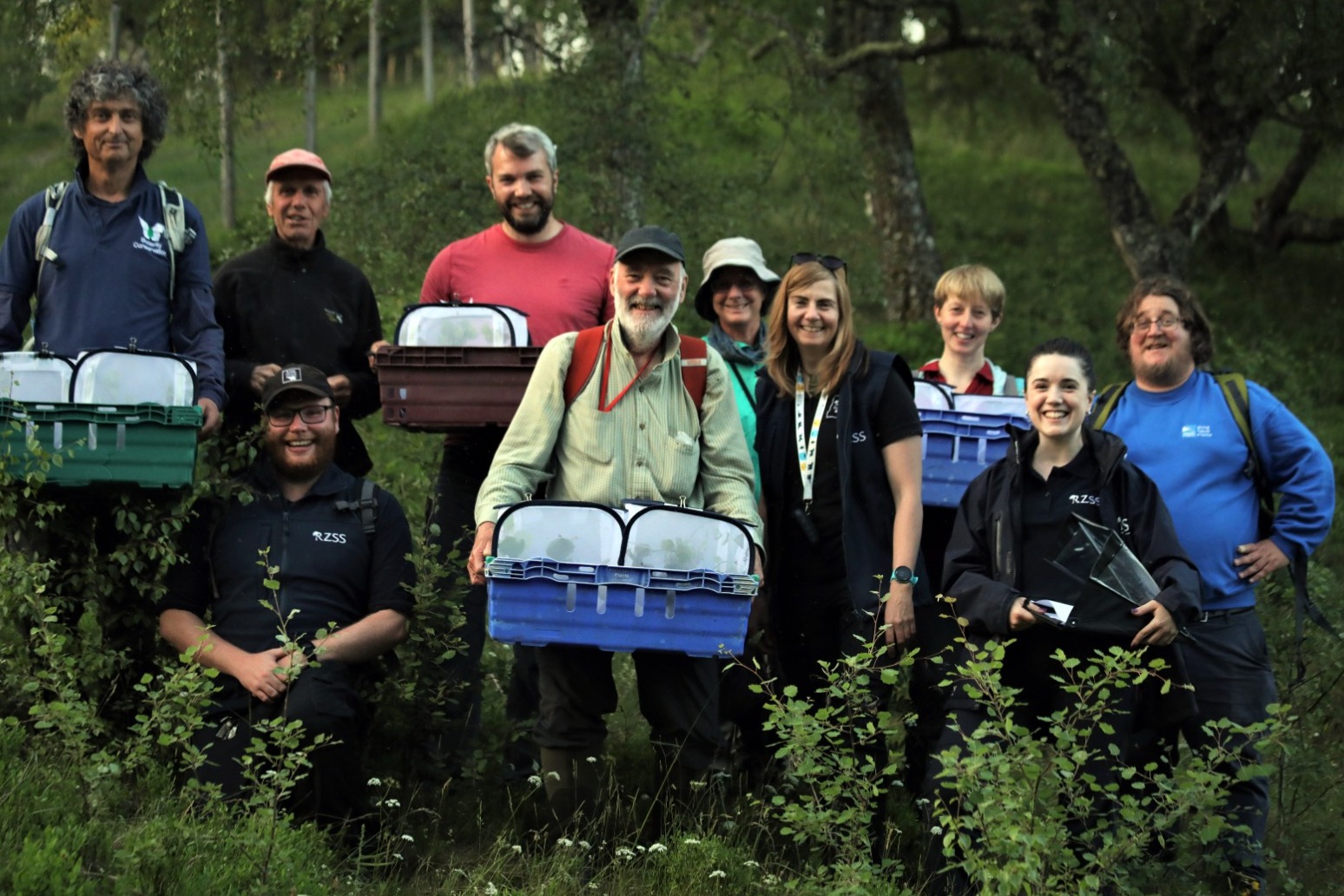
Rare moths released in Cairngorms to help threatened population
Conservationists have released a rare species of moth in the Highlands for the first time to boost its dwindling population.
The Royal Zoological Society of Scotland (RZSS) participated in the release of 160 dark bordered beauty caterpillars, into a specially selected site in the Cairngorms National Park.
Dark bordered beauty moths are native to the Cairngorms but have become extremely rare due to habitat loss.
There are currently only three small populations across Britain, with two in Scotland and one in England.
The caterpillars were introduced as part of the Rare Invertebrates in the Cairngorms (RIC) partnership.
Dr Helen Taylor, conservation programme manager at RZSS said: “This is an incredible day for dark bordered beauty moths in Britain.
“Invertebrates form a crucial part of our ecosystems but are often overlooked.
“We are excited to take these steps to help restore dark bordered beauty moth populations and uncover more about this elusive species.
“Our charity’s dedicated team’s close monitoring of our conservation breeding population is already providing new insights into reproductive and ecological behaviours that have never been observed before.”
It is hoped the moths will help boost biodiversity in the area, as the species plays an important role in the ecosystems they live in.
Dr Taylor said: “When we lose these species, we lose the functions they perform and, slowly but surely, our ecosystems will stop functioning.
“We recognise the importance of rare invertebrates in Scotland and are heavily investing in reversing their decline.”
Last year, 40 dark bordered beauty moth eggs were collected in the wild and transferred to a purpose-built breeding facility at RZSS Highland Wildlife Park.
They became fully grown moths in a matter of weeks and produced a further 497 eggs.
Most of those eggs hatched into caterpillars that have now been released, while the rest of this year’s caterpillars are currently pupating.
A number of individuals will remain at the facility as part of the conservation breeding programme, while others will be released into the wild as adults at the same site as the caterpillars.
Dr Tom Prescott, head of conservation of the Butterfly Conservation Scotland said: “This is a very exciting day and a great leap forward in the conservation of this very rare moth.
“It reflects a great deal of hard work undertaken by project partners and volunteers as well as several willing and enthusiastic landowners and a blueprint on how we deliver successful conservation of threatened species.”
Published: by Radio NewsHub